Home>Home Appliances>Laundry Appliances>How To Stop Your Washing Machine From Shaking


Laundry Appliances
How To Stop Your Washing Machine From Shaking
Modified: March 2, 2024
Learn effective tips to prevent your laundry appliances from shaking and ensure a smooth washing experience. Stop your washing machine from shaking with these simple solutions.
(Many of the links in this article redirect to a specific reviewed product. Your purchase of these products through affiliate links helps to generate commission for Storables.com, at no extra cost. Learn more)
Common Causes of Washing Machine Shaking
Washing machines are essential appliances in modern households, but their vigorous shaking during operation can be a cause for concern. Understanding the common causes of washing machine shaking is crucial for effectively addressing this issue. Here are the key factors that can lead to your washing machine shaking:
-
Uneven Distribution of Laundry: When loading the washing machine, unevenly distributed laundry can create an imbalance during the spin cycle, causing the machine to shake excessively. This imbalance often occurs when heavy items, such as towels or bedding, are placed on one side of the drum, leading to disruptive vibrations.
-
Overloading: Overloading the washing machine with an excessive amount of laundry can strain the appliance and lead to shaking during the spin cycle. The added weight and imbalance within the drum can cause the machine to vibrate vigorously, potentially resulting in damage to its internal components.
-
Uneven Flooring: The stability of a washing machine is greatly influenced by the evenness of the floor on which it is placed. If the floor is uneven or lacks proper support, the washing machine may wobble and shake during operation, compromising its performance and potentially causing damage.
-
Worn or Damaged Components: Over time, the internal components of a washing machine, such as the suspension springs, shock absorbers, or dampers, can wear out or become damaged. When these components are compromised, the machine may experience excessive shaking and vibration during use.
-
Improper Leveling: If the washing machine is not properly leveled, it can lead to instability during operation, resulting in disruptive shaking. This can occur when the machine's adjustable feet are not set to the correct height, causing an uneven distribution of weight and compromising the appliance's stability.
Understanding these common causes of washing machine shaking is the first step toward effectively addressing this issue. By identifying the underlying factors contributing to the shaking, you can take targeted measures to resolve the problem and restore your washing machine's smooth and stable operation.
Key Takeaways:
- Keep your washing machine stable by evenly distributing laundry, avoiding overloading, and ensuring proper leveling. Regular maintenance and inspection of the feet can prevent shaking and prolong the appliance’s lifespan.
- Consider using anti-vibration pads to absorb vibrations, reduce noise, protect your floor, and extend the washing machine’s longevity. Professional maintenance and repairs can address complex issues and ensure optimal performance.
Read more: How To Stop A Washing Machine From Moving
Tips for Leveling Your Washing Machine
Properly leveling your washing machine is a fundamental step in ensuring its smooth and stable operation. When a washing machine is not level, it can lead to disruptive shaking during the spin cycle, compromising its performance and potentially causing damage. Here are essential tips for effectively leveling your washing machine:
1. Check the Alignment
Begin by assessing the alignment of your washing machine. Ensure that it is positioned squarely and uniformly on the floor. Use a spirit level to determine if the machine is perfectly level from side to side and front to back. If the bubble in the spirit level is off-center, adjustments are necessary to achieve proper leveling.
2. Adjust the Feet
Most washing machines are equipped with adjustable feet to facilitate leveling. Using a wrench or pliers, carefully adjust the feet to achieve the desired level. Turn the feet clockwise to raise the machine and counterclockwise to lower it. Continuously check the level with the spirit level as you make adjustments to ensure precise leveling.
3. Maintain Uniform Contact
As you adjust the feet, ensure that all four feet of the washing machine make uniform contact with the floor. This uniform contact is essential for stabilizing the machine and preventing excessive shaking during operation. Carefully observe each foot to confirm that it is in full contact with the floor surface.
Read more: Why Is My Washer Shaking
4. Use Shims if Necessary
In cases where the floor is significantly uneven, shims can be used to compensate for the irregularities and achieve proper leveling. Place the shims under the feet of the washing machine to create a stable and level foundation. This is particularly useful when dealing with older homes or uneven flooring.
5. Regularly Reassess
After making initial adjustments to level your washing machine, it is important to periodically reassess its levelness. Over time, the machine may shift or the floor may settle, potentially affecting its stability. Regularly checking and readjusting the machine's level as needed will help maintain its smooth and stable operation.
By following these tips for leveling your washing machine, you can effectively mitigate shaking and vibration during operation, ensuring optimal performance and prolonging the lifespan of the appliance. Proper leveling not only enhances the washing machine's functionality but also contributes to a quieter and more stable laundry experience.
Checking for Overloading Issues
Overloading a washing machine is a common yet detrimental practice that can lead to disruptive shaking and compromised performance. Recognizing the signs of overloading and understanding its impact is essential for maintaining the optimal functionality of your washing machine.
Signs of Overloading
When assessing for overloading issues, it is crucial to recognize the signs that indicate the washing machine may be overloaded. These signs include:
-
Bulging Drum: An overloaded washing machine often results in a bulging appearance of the drum during the wash cycle. This bulging occurs as the excessive laundry strains the capacity of the drum, causing it to expand beyond its normal dimensions.
-
Difficulty Closing the Door: If you encounter difficulty closing the washing machine door or notice significant resistance when attempting to shut it, this may indicate that the machine is overloaded. The excess laundry inside the drum can prevent the door from closing properly, signaling an overloading issue.
-
Unbalanced Spin Cycle: Overloading can lead to an unbalanced spin cycle, causing the washing machine to shake vigorously during operation. If you observe excessive shaking and vibration, especially during the spin cycle, it is likely that the machine is overloaded.
Read more: Why Does The Washing Machine Shake
Impact of Overloading
Overloading a washing machine can have detrimental effects on both the appliance and the laundry being washed. The impact of overloading includes:
-
Strain on Internal Components: Excessive weight and imbalance within the drum place undue strain on the washing machine's internal components, such as the motor, bearings, and suspension system. This strain can lead to premature wear and potential damage to these critical parts.
-
Reduced Cleaning Efficacy: Overloading compromises the washing machine's ability to effectively clean the laundry. The overcrowded drum inhibits proper agitation and movement of the laundry, resulting in inadequate cleaning and rinsing, and potentially leaving behind detergent residue.
-
Increased Energy Consumption: Overloading requires the washing machine to exert additional effort to accommodate the excessive laundry, leading to increased energy consumption. This not only impacts the appliance's efficiency but also contributes to higher utility costs.
Preventive Measures
To address overloading issues and prevent their adverse effects, it is essential to adopt preventive measures:
-
Load Capacity Awareness: Familiarize yourself with the recommended load capacity of your washing machine. Adhering to the specified capacity ensures that the machine can effectively accommodate the laundry without being overloaded.
-
Balanced Distribution: When loading the washing machine, ensure a balanced distribution of laundry to prevent overloading. Distribute items evenly within the drum, avoiding clustering of heavy items on one side, and maintain a consistent load level.
-
Regular Maintenance: Conduct regular maintenance of the washing machine to ensure its optimal performance. This includes inspecting and cleaning the drum, checking for any obstructions, and addressing any issues promptly to prevent overloading.
By proactively checking for overloading issues and implementing preventive measures, you can safeguard your washing machine from the detrimental effects of overloading. This proactive approach not only preserves the appliance's longevity but also ensures efficient and effective laundry care, free from the disruptions caused by overloading.
Inspecting the Washing Machine Feet
The washing machine feet play a crucial role in maintaining the stability and balance of the appliance during operation. Over time, these feet can undergo wear and tear, affecting the overall performance of the washing machine. Inspecting the washing machine feet is essential for identifying potential issues and ensuring that the appliance remains level and stable. Here's a detailed exploration of the importance of inspecting the washing machine feet and the steps involved in this critical maintenance task.
Importance of Inspection
The washing machine feet, often referred to as leveling legs or adjustable feet, are designed to provide stability and support to the appliance. These feet are typically adjustable, allowing users to level the washing machine on uneven surfaces and prevent excessive shaking and vibration during operation. However, continuous use, movement, and exposure to moisture can lead to wear and damage to these crucial components.
Regular inspection of the washing machine feet is vital for several reasons. Firstly, it helps in identifying any signs of wear, corrosion, or damage that may compromise the stability of the appliance. Secondly, it allows for the detection of loose or malfunctioning feet that can contribute to uneven leveling and disruptive shaking during the wash and spin cycles. By proactively inspecting the washing machine feet, potential issues can be addressed promptly, ensuring the optimal performance and longevity of the appliance.
Read more: How To Stop A Speed Queen Washer
Steps for Inspection
Inspecting the washing machine feet involves a systematic assessment to evaluate their condition and functionality. The following steps outline the process of inspecting the washing machine feet:
-
Visual Examination: Begin by visually inspecting the washing machine feet for any visible signs of damage, corrosion, or wear. Check for rust, cracks, or deformities that may affect the stability of the feet.
-
Adjustment Verification: Ensure that the adjustable feet are securely in place and have not loosened over time. Attempt to adjust the feet to confirm that they can be easily raised or lowered as needed for leveling.
-
Stability Assessment: Gently rock the washing machine from side to side and front to back to assess its stability. Any excessive movement or wobbling indicates potential issues with the feet or overall leveling of the appliance.
-
Cleaning and Lubrication: If the feet show signs of corrosion or stiffness, clean them thoroughly and apply a suitable lubricant to facilitate smooth adjustment and prevent further deterioration.
-
Alignment Confirmation: Use a spirit level to verify the alignment and levelness of the washing machine once the feet have been inspected and, if necessary, adjusted. This ensures that the appliance is properly leveled for optimal performance.
Maintenance and Correction
Upon completing the inspection, it is essential to address any identified issues promptly. This may involve tightening or replacing loose or damaged feet, cleaning and lubricating the adjustable components, or seeking professional assistance for more complex repairs. Additionally, regular maintenance of the washing machine feet, including periodic cleaning and lubrication, can help prevent future issues and ensure the continued stability and balance of the appliance.
By diligently inspecting the washing machine feet and addressing any concerns in a timely manner, homeowners can maintain the optimal performance and stability of their washing machines. This proactive approach not only minimizes the risk of disruptive shaking and vibration but also contributes to the longevity of the appliance, ultimately enhancing the overall laundry experience.
Using Anti-Vibration Pads
Integrating anti-vibration pads into the setup of a washing machine can significantly mitigate the disruptive effects of shaking and vibration during operation. These specialized pads are designed to absorb and dampen the vibrations generated by the washing machine, thereby enhancing its stability and minimizing the transmission of noise and movement to the surrounding environment. The utilization of anti-vibration pads presents a practical and effective solution for homeowners seeking to optimize the performance of their washing machines while promoting a quieter and more stable laundry environment.
The installation of anti-vibration pads involves straightforward yet impactful steps that can yield substantial benefits. By strategically placing these pads beneath the washing machine, the following advantages can be realized:
Vibration Absorption
Anti-vibration pads are engineered to absorb and dissipate the vibrations produced by the washing machine during the wash and spin cycles. This absorption capability minimizes the transfer of vibrations to the floor and surrounding structures, effectively reducing the disruptive shaking and movement experienced during operation. As a result, the appliance operates with enhanced stability, contributing to a quieter and more harmonious laundry environment.
Read more: How To Stop A Washing Machine Mid-Cycle
Noise Reduction
In addition to dampening vibrations, anti-vibration pads contribute to the reduction of operational noise emitted by the washing machine. By absorbing the mechanical vibrations that typically generate noise, these pads help create a more tranquil and peaceful laundry space. The diminished noise levels not only benefit the household occupants but also minimize disturbances to neighboring areas, fostering a more considerate and harmonious living environment.
Floor Protection
The implementation of anti-vibration pads serves to protect the flooring beneath the washing machine from potential damage caused by excessive vibrations. By cushioning the impact of the appliance's movements, these pads help safeguard the floor surface, particularly in cases where the flooring is susceptible to scratches, dents, or structural stress. This protective function contributes to the preservation of the floor's integrity and aesthetics, prolonging its lifespan and minimizing maintenance requirements.
Enhanced Longevity
By reducing the intensity of vibrations and movements, anti-vibration pads play a role in prolonging the longevity of the washing machine. The mitigation of excessive mechanical stress on the appliance's internal components, such as the motor, suspension system, and bearings, can contribute to extended operational durability. This, in turn, supports the preservation of the washing machine's functionality and reduces the likelihood of premature wear and potential malfunctions.
Simple Installation
The installation of anti-vibration pads is a straightforward and user-friendly process that can be accomplished without the need for specialized tools or technical expertise. Homeowners can easily position the pads beneath the washing machine's feet, ensuring proper alignment and contact with the floor surface. This simplicity of installation makes anti-vibration pads an accessible and practical solution for enhancing the performance and stability of washing machines in residential settings.
Incorporating anti-vibration pads into the maintenance and setup of a washing machine offers a proactive and effective approach to addressing shaking and vibration issues. By leveraging the vibration-absorbing properties of these pads, homeowners can optimize the performance, stability, and longevity of their washing machines, while fostering a more tranquil and harmonious laundry environment.
Professional Maintenance and Repairs
Professional maintenance and repairs play a pivotal role in ensuring the optimal performance, longevity, and safety of washing machines. While proactive measures taken by homeowners are valuable for addressing common issues, there are instances where professional intervention becomes essential to address complex problems and maintain the appliance's functionality. Professional maintenance and repairs encompass a range of specialized services and expertise aimed at diagnosing, resolving, and preventing issues that may compromise the washing machine's operation.
Diagnostic Assessment
Professional maintenance and repair services typically commence with a comprehensive diagnostic assessment of the washing machine. Certified technicians utilize advanced diagnostic tools and techniques to identify underlying issues, such as mechanical malfunctions, electrical faults, or component wear. Through this meticulous assessment, technicians can pinpoint the root causes of shaking, vibration, or performance irregularities, laying the groundwork for targeted repairs and maintenance.
Component Inspection and Replacement
During professional maintenance and repairs, technicians conduct thorough inspections of the washing machine's internal components, including the motor, suspension system, bearings, and electronic controls. Any worn, damaged, or malfunctioning components are identified and addressed through precise replacement or repair procedures. This meticulous approach ensures that the washing machine operates with optimal functionality and reliability, minimizing the risk of disruptive shaking and performance issues.
Calibration and Adjustment
Professional technicians possess the expertise to calibrate and adjust critical elements of the washing machine, such as the suspension system, drum alignment, and electronic controls. By fine-tuning these components to precise specifications, technicians can mitigate shaking and vibration, optimize the appliance's balance and stability, and enhance its overall performance. This meticulous calibration contributes to a smoother and quieter laundry experience for homeowners.
Read more: Why Does My Washer Keep Stopping
Preventive Maintenance
In addition to addressing existing issues, professional maintenance services encompass preventive measures aimed at averting potential problems and preserving the washing machine's longevity. Technicians perform routine maintenance tasks, including cleaning internal components, lubricating moving parts, and inspecting for early signs of wear or deterioration. This proactive approach minimizes the likelihood of future shaking and performance disruptions, promoting sustained operational efficiency.
Expert Guidance and Recommendations
Professional technicians provide valuable guidance and recommendations to homeowners regarding the optimal operation and care of their washing machines. This includes advising on load capacity management, proper detergent usage, and best practices for maintaining the appliance's stability and balance. By leveraging the expertise of professional technicians, homeowners can enhance their understanding of effective laundry appliance management and maintenance.
Specialized Repairs
In cases where complex mechanical or electrical issues are identified, professional technicians are equipped to perform specialized repairs with precision and expertise. Whether addressing motor malfunctions, electronic control failures, or structural imbalances, these specialized repairs are instrumental in restoring the washing machine to its optimal condition, minimizing shaking and vibration, and ensuring sustained performance.
Professional maintenance and repairs are indispensable for preserving the functionality, stability, and longevity of washing machines. By entrusting the care of these appliances to certified technicians, homeowners can benefit from expert diagnostics, targeted repairs, and proactive maintenance measures, ultimately fostering a more reliable, efficient, and harmonious laundry experience.
Frequently Asked Questions about How To Stop Your Washing Machine From Shaking
Was this page helpful?
At Storables.com, we guarantee accurate and reliable information. Our content, validated by Expert Board Contributors, is crafted following stringent Editorial Policies. We're committed to providing you with well-researched, expert-backed insights for all your informational needs.
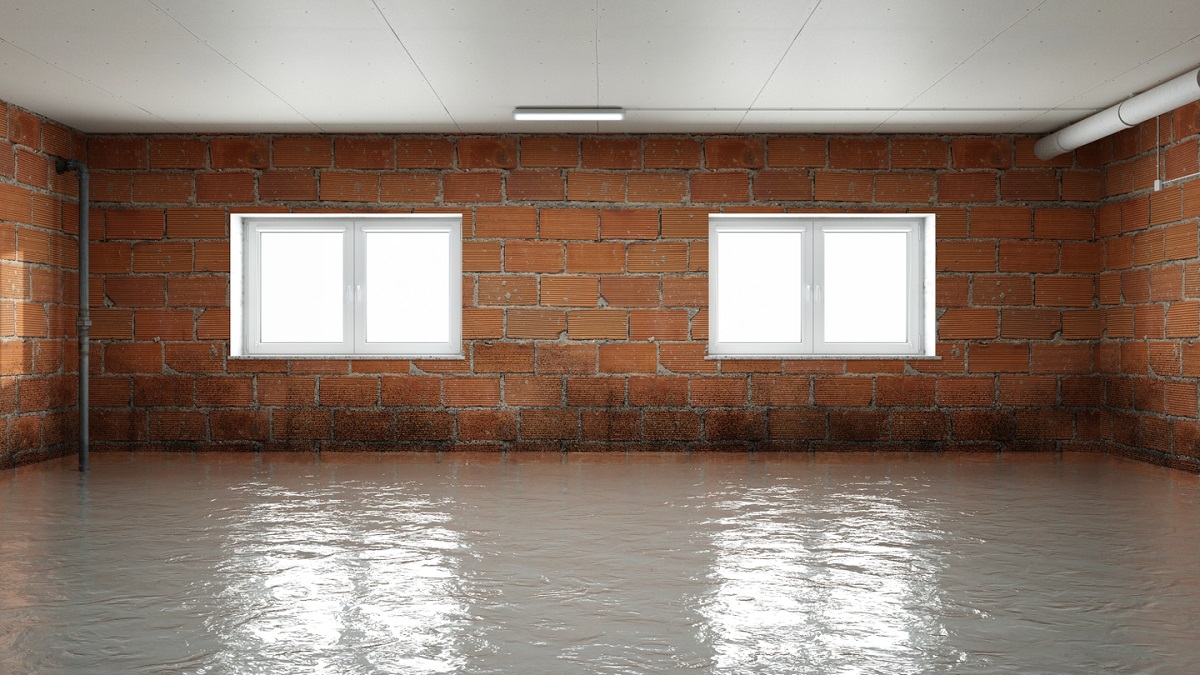
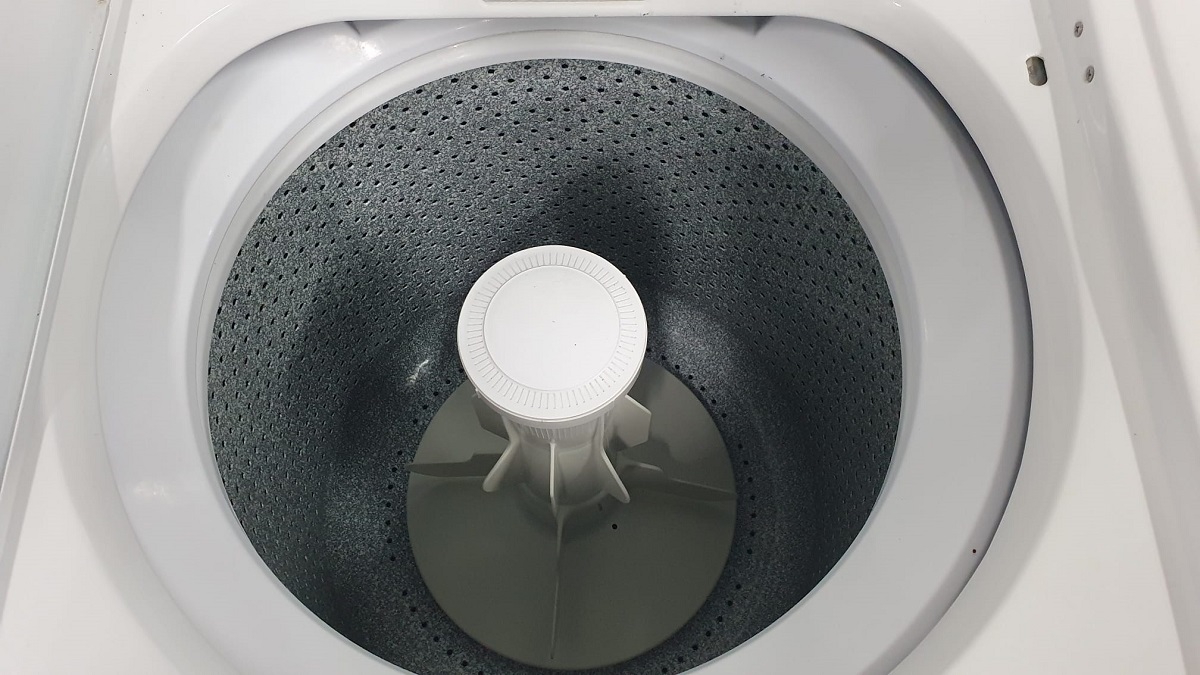
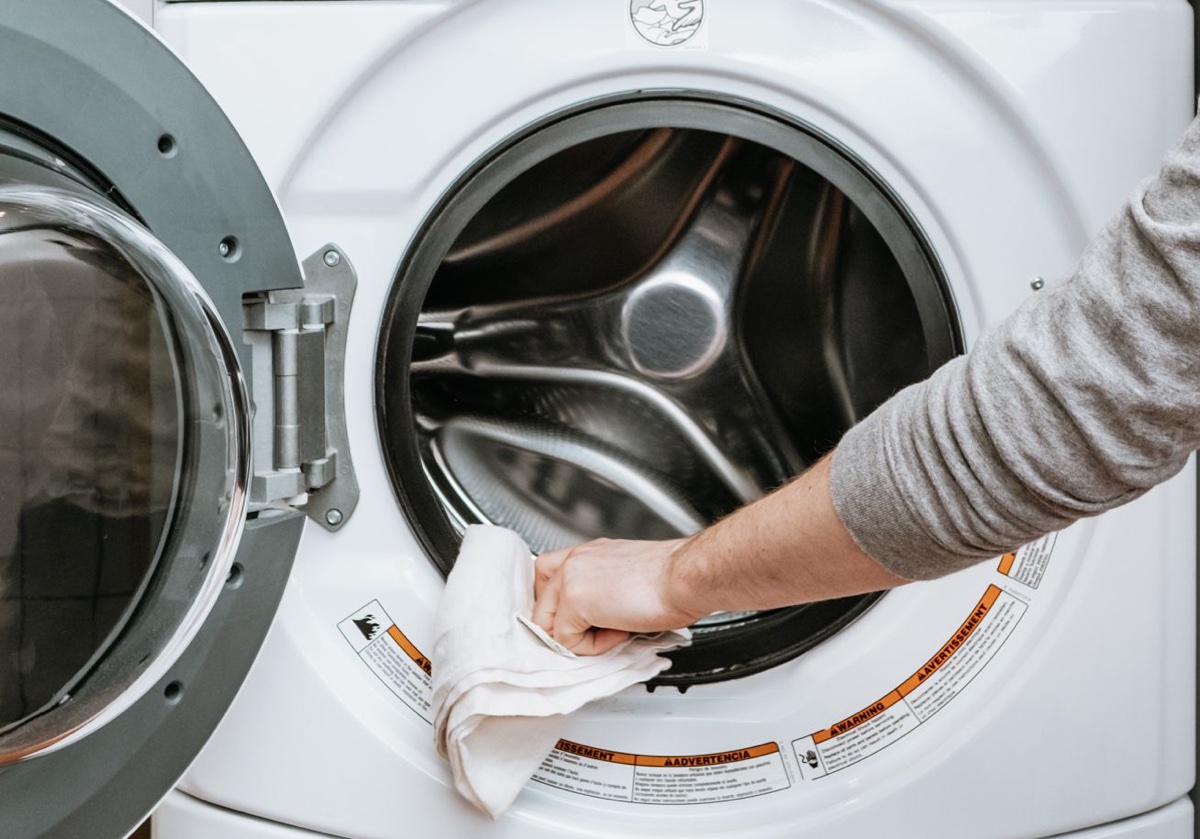
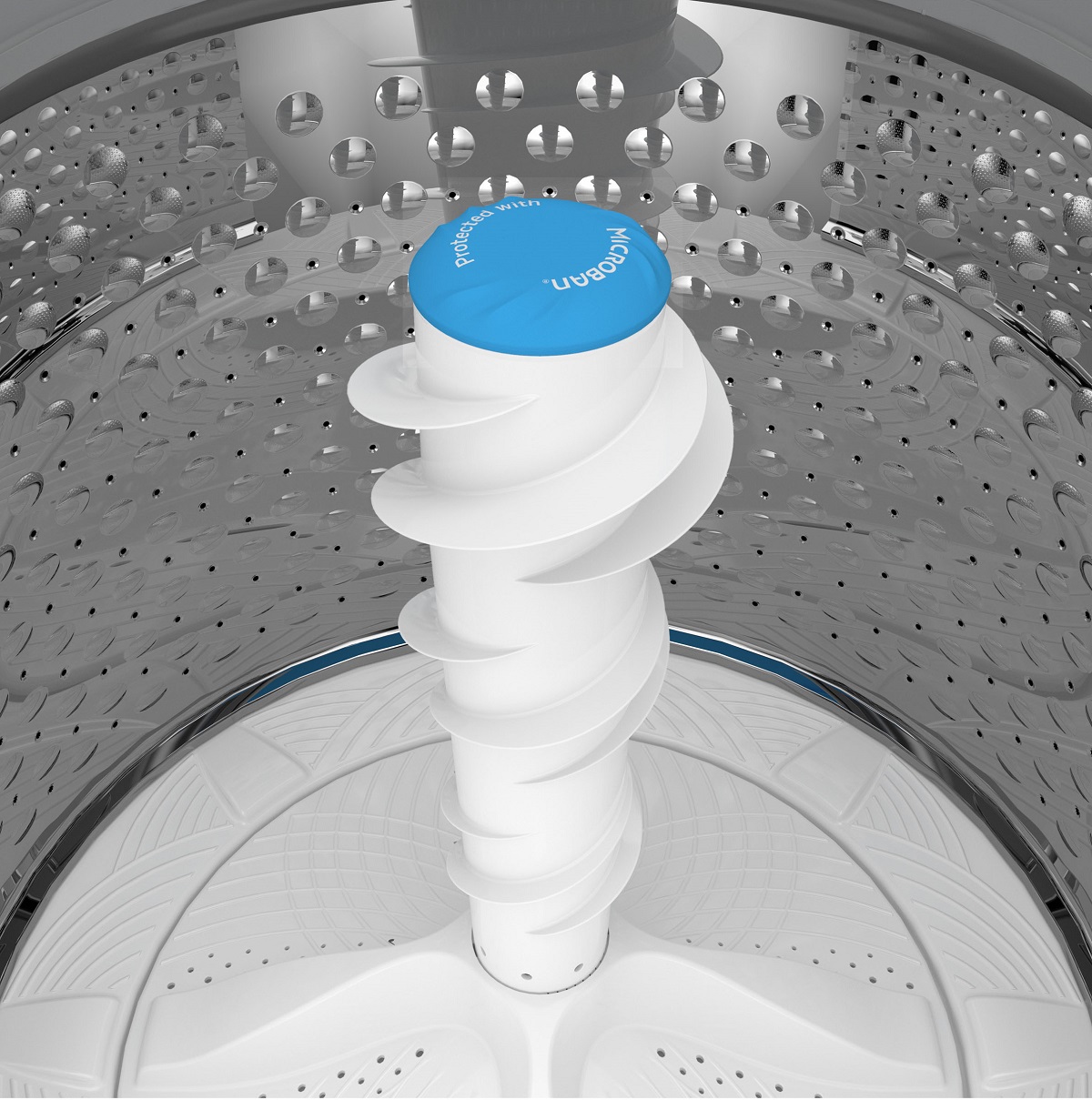
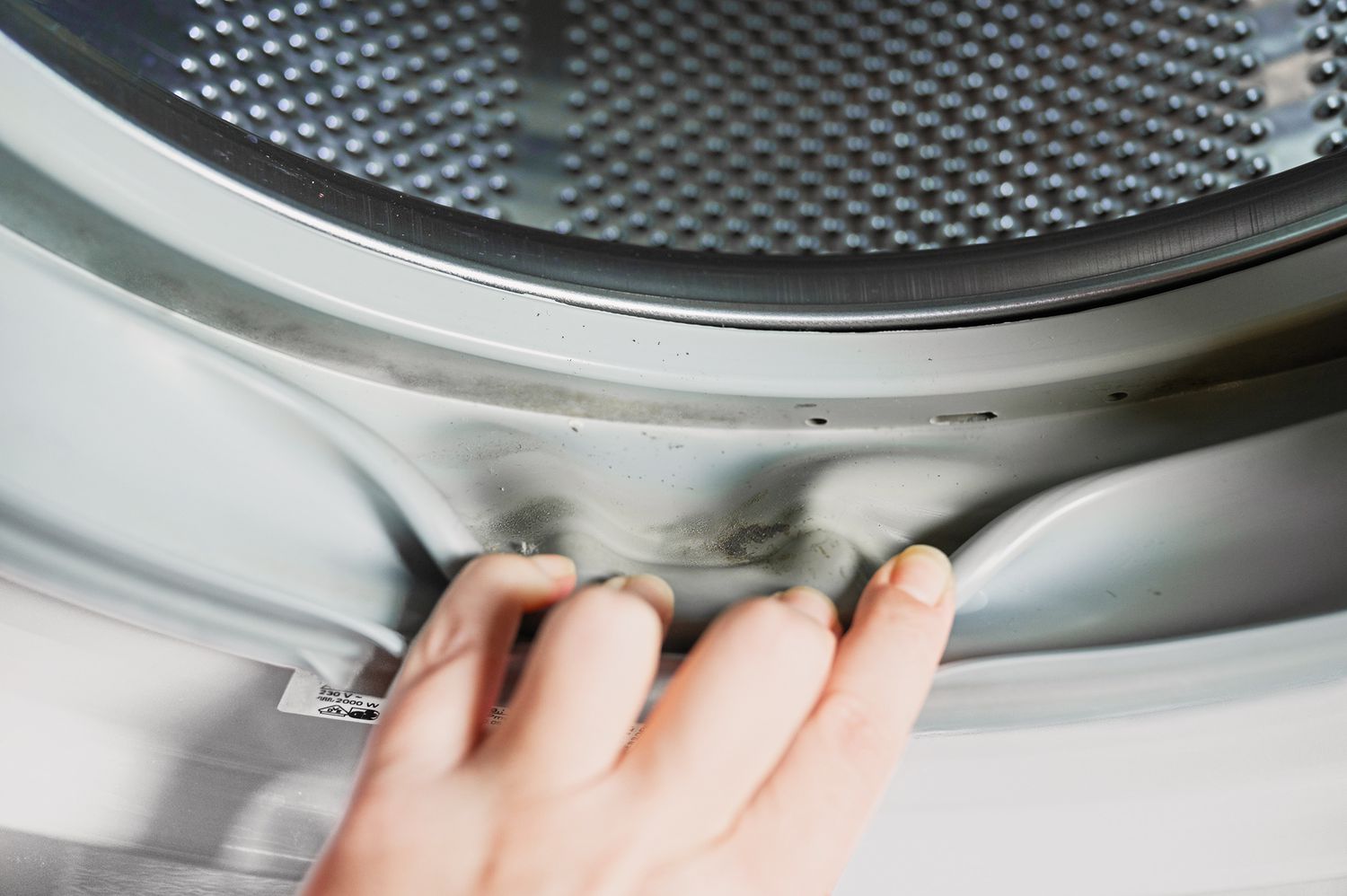
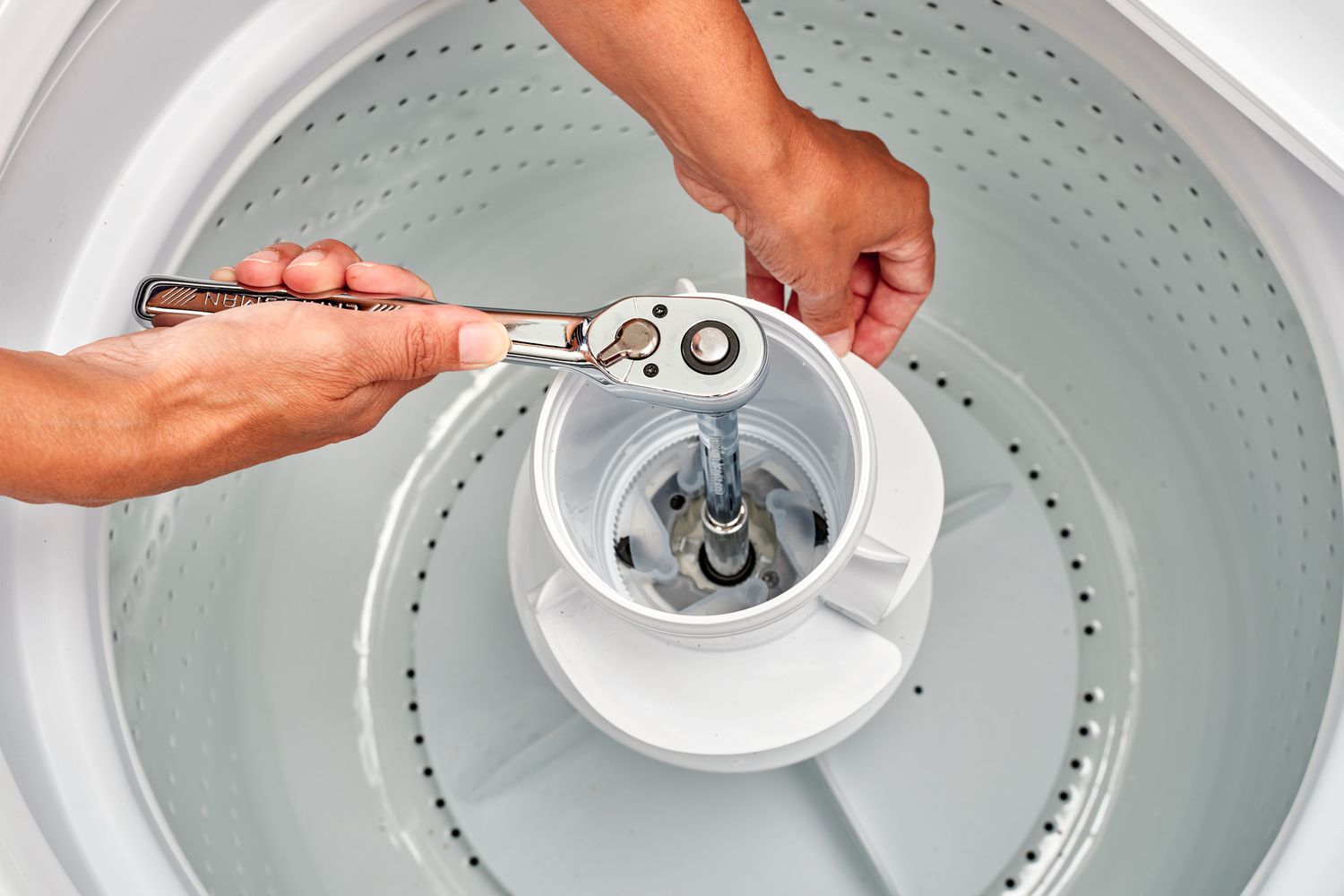
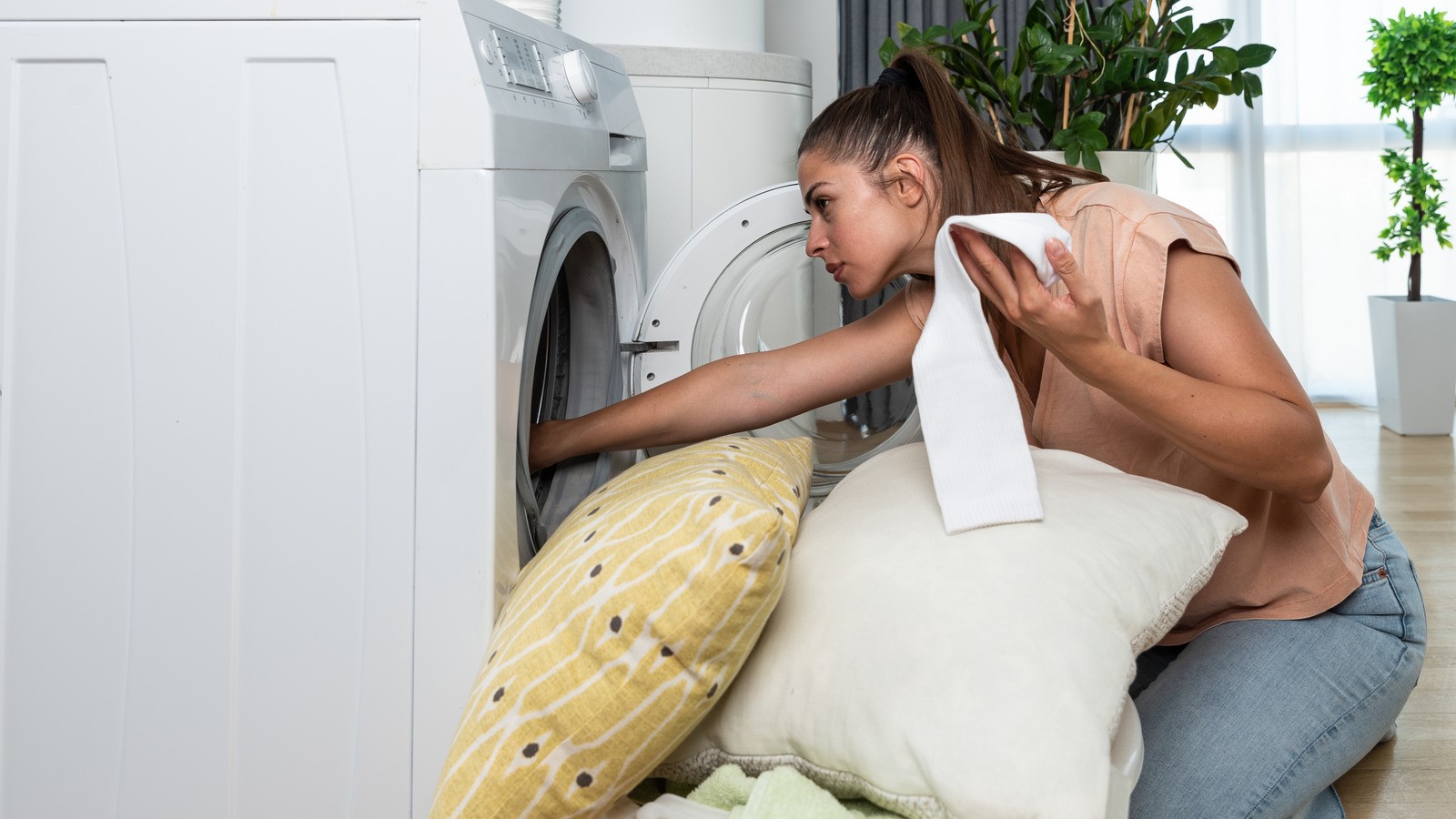

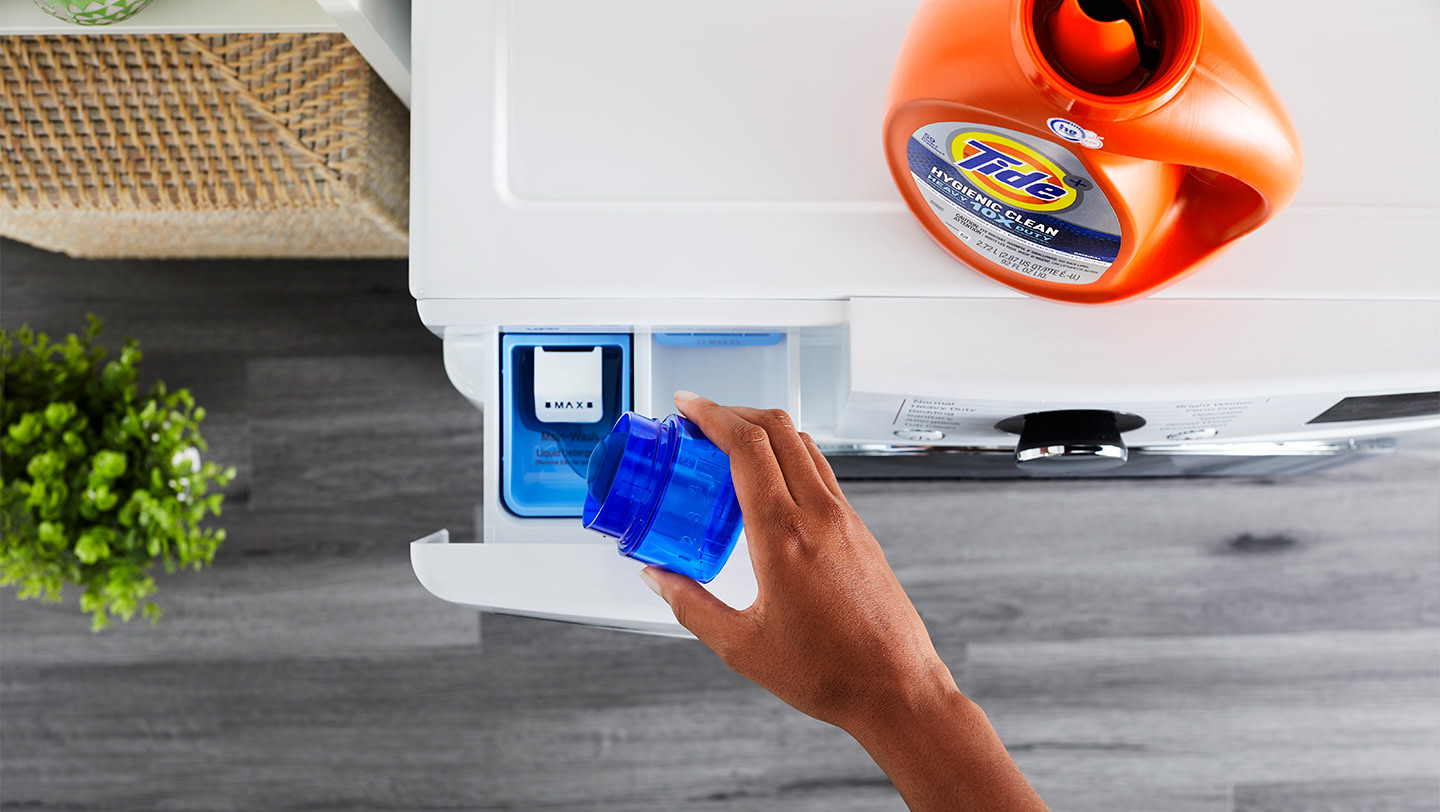

0 thoughts on “How To Stop Your Washing Machine From Shaking”